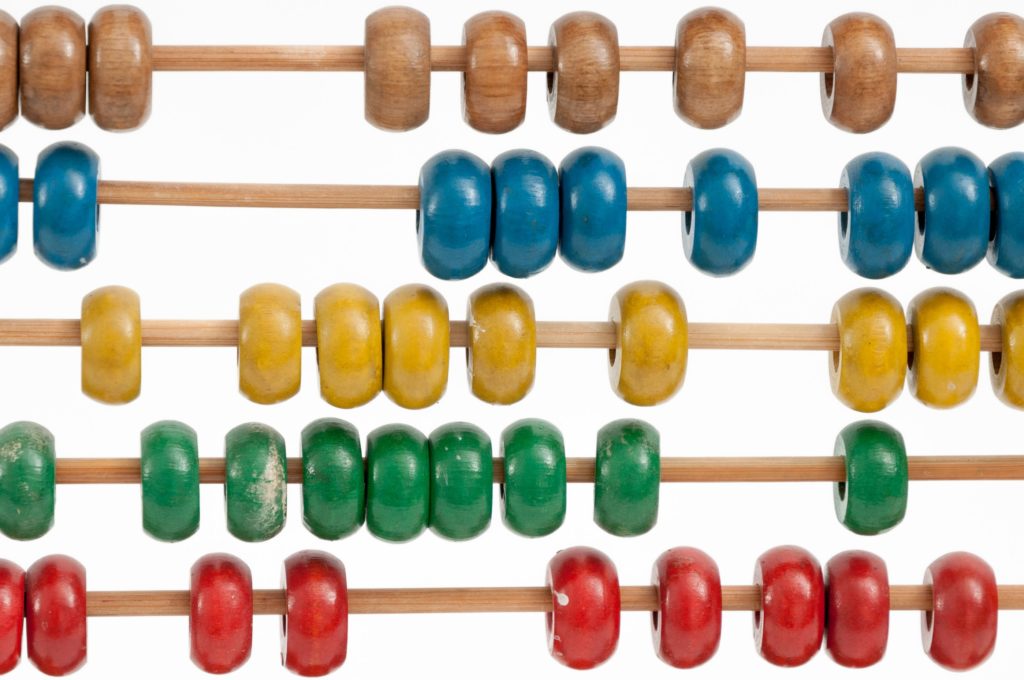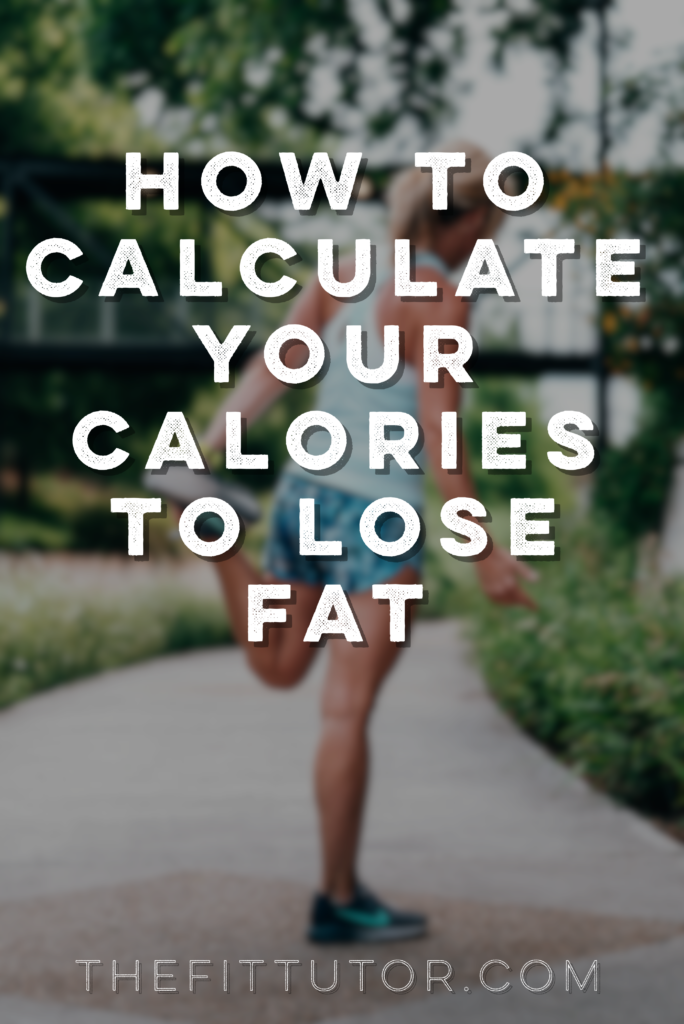The last few weeks we’ve been talking about the ins and outs of calorie counting. Spoilers: it’s not that accurate, but it can be really helpful for accountability and portions. Also, a lot of its helpfulness is dependent upon your personality.
All that said, I work with clients who are constantly under-eating and unable to gain the muscle they want, as well as clients who look the other way when they eat their second dessert for the day and wonder why their pants are tight. To be clear, I’ve been in both camps myself!
It can be really helpful to find how many calories you need and to see how many you normally eat on a regular day. Adjusting your intake and tracking calories for a week or two can help you reach your goals.
Here’s how to use this to your advantage.

How to Calculate Your Calorie Needs
When you calculate your caloric needs, make sure you’re including your activity factor in there as well. Your RMR (resting metabolic rate) is what your body needs for basic functioning. You should always consume at least that number, otherwise you won’t be losing fat like you wanted to. In fact, you could actually be slowing down your metabolism.
Step 1: Calculate Your Basic Calorie Needs with this Formula
You can use this online calculator.
Or if you’re crazy smart and like math, you can use this formula:
Mifflin St. Jeor Equation
Enter your numbers into this formula to find approximately how many calories you need. This formula is highly rated, but not foolproof. You’re finding your Resting Metabolic Rate (RMR= your metabolism), which is the equivalent to how many calories you burn while at rest.
First, find your weight in kg by dividing your weight in pounds by 2.2
Next, find your height in cm by multiplying your height in inches x 2.54
Then, enter them into this formula:
For women: RMR = 9.99 x wt (kg) + 6.25 x ht (cm) -4.92 x age (yrs) – 161
For men: RMR = 9.99 x wt (kg) + 6.25 x ht (cm) – 4.92 x age (yrs) + 5
Don’t stop here… this is the amount of calories your body needs to function, like cell turnover, digestion, eye blinking, and all that good stuff. Calculating with your activity factor is super important to getting results.
Step 2: Multiply By Your Activity Level
Next, multiply this number by your activity factor to determine how much to eat:
- Sedentary (little to no exercise)= x 1.2
- Light Activity (light exercise 1-3 days/week) = x 1.375
- Moderately Active (moderate exercise/sports 3-5 days/week) x 1.55
- Very Active (hard exercise 5-7 days/week) = x 1.725
- Extremely Active (very hard exercise or physical labor 6-7 days/week) = x 1.9
Side note: If you’re using MyFitnessPal to track your calories, click on the “more” button in the right hand bottom corner –> Click Goals –> Select Activity Level –> Choose yours from the drop down menu. It will automatically adjust your calories, but doesn’t use the exact same numbers I have listed here.
You want to eat enough to sustain your activities, like playing with your kids or dog, cleaning your house, and supporting your great workouts! This is why the activity level calculation is important.
Not eating enough calories can cause you lose muscle instead of fat. Ideally, you want to eat enough to sustain your basic functions and grow muscle so when you lose something, it’s fat!
How to Create a Calorie Deficit
This is such a glorious topic it’s going to get it’s own post, but, I’d suggest doing one of two things.
- Shoot for your stated calorie needs and increase your activity levels (I’d highly suggest strength training)
- Or decrease your calories consumed anywhere from 250-500 calories per day.
If you’re new to calorie counting, I’d start doing this in MyFitnessPal or similar app or website. It will help you track and see what you normally consume, any foods that might be throwing off your daily goals, and also allow you to see your macronutrient percentages for a normal week. My next post will help you understand how to adjust these percentages to really increase your fat loss!
Another Calculation for Weight Loss Calories
You can also keep things super simple and create a calorie deficit by multiplying your body weight by 10-12 if you’re sedentary, 12-14 if you’re moderately active, and 14-16 if you’re very active. This should give you a good calorie range to shoot for for weight loss! You can try both ways and see the difference in the numbers and which seems to work best for you! This range should be a calorie deficit already, so you won’t need to adjust much, in theory.
Give it a Shot!
If you’re on board with logging your calories, track for a week and then we’ll adjust some things next week to really get you some results ;)
If you’re not sure about logging calories, catch up on my latest posts:
These breakdown the inaccuracies and if you’re a good candidate!
Unless You’re a Rebel…
And if you’re not a fan of counting calories, I’d suggest going by the Hand Portion model described here: What Your Plate Should Look Like for Fat Loss
Instead of dropping 250-500 cals per day or following the second calculation, you could skip a snack or decrease your portion of carbs at a meal. Drink hot tea to keep you full, and creating that deficit won’t be so bad! Following these portions can make weight loss less tedious!
TBH (I think I’m too old to use this abbreviation), I use the hand portions, make habit charts, and up my workouts when I want to lose weight. I find that logging is something I just can’t keep up with, but it’s a great accountability tool every now and then!
If you need help getting in shape and learning how to eat right, consider working with me! I strive to make food and fitness uncomplicated and help you fit them into your already busy schedule.



Comments are closed.